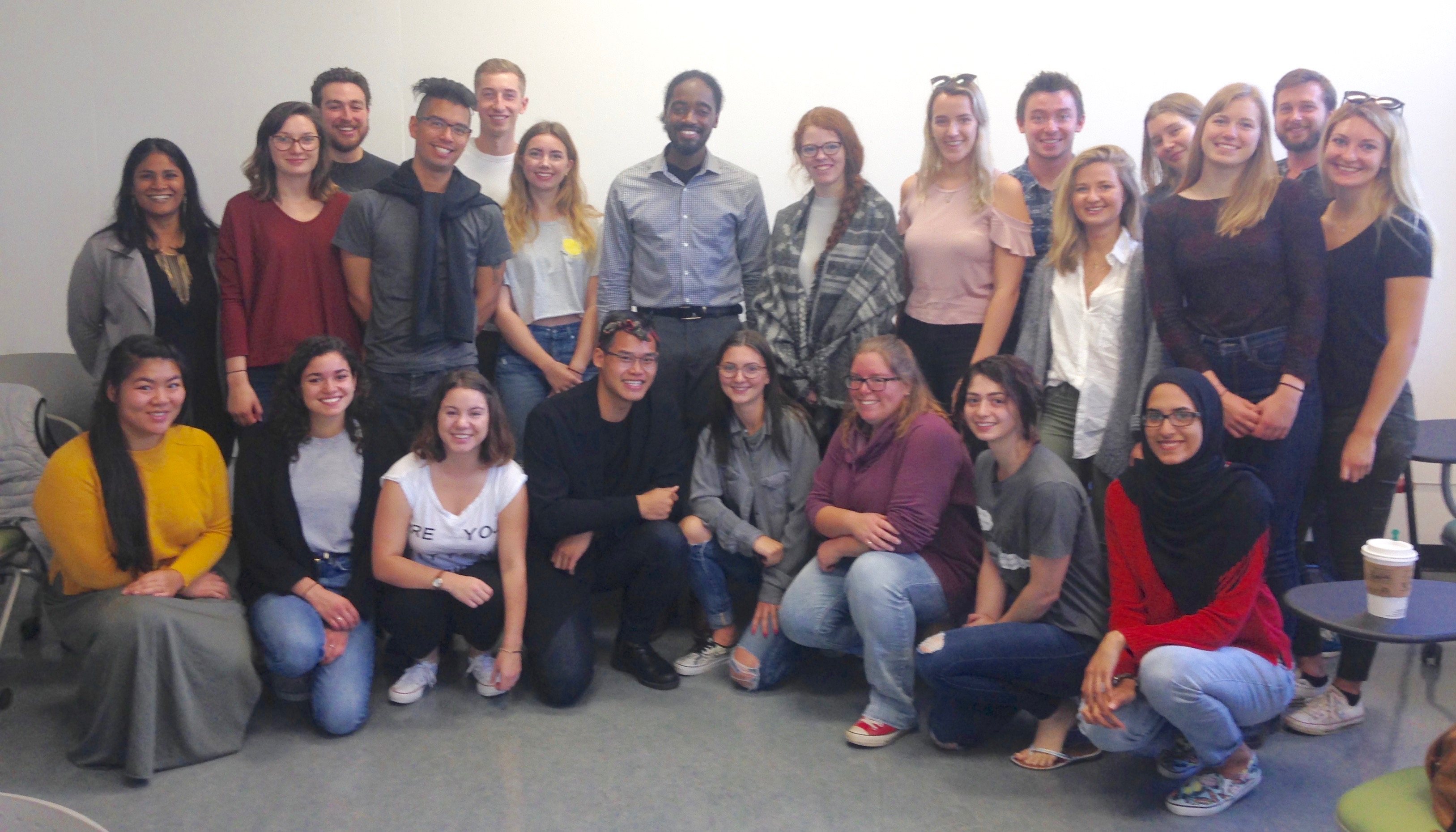It’s fall, which means that my fourth year undergraduate planning studio at Dalhousie University’s School of Planning is working on another complex project. As some of you know, last year my students worked on improving the social and open spaces in Mulgrave Park. This year, students are developing a proposal for affordable rental housing on Quinpool Road.

For students in the fourth year honours program in planning, it’s the first time they have worked in a studio setting. I’ve designed the course so that they can develop skills in drawing and design to help bring them up to similar levels (some of them have taken drawing classes and some have not). For example, in-class exercises teach them how to draw floor plans, axonometric drawings, and site analysis diagrams.
But because it’s a planning studio, and combines students from urban design and environmental planning, the course also incorporates financial aspects of development, demographics and policy aspects, and sustainability. Our partner on the project, Jeffry Haggett, is a planner at WSP. He helped determine the site for the project, a now-vacant lot on Quinpool Road where St. Patrick’s High School once stood, accompanied the students on a site visit, and has provided them with technical information such as GIS data. Neil Lovitt, a planner specializing in financial considerations at Turner Drake, taught them how to do a pro forma to determine whether their proposal is feasible. Both Jeffry and Neil are alumni of our planning program, the Bachelor of Community Design.

Yesterday, Halifax Regional Municipality (HRM) Councillor Lindell Smith came in to discuss his experiences living in social and affordable housing in North Halifax. Smith grew up in the Uniacke Square public housing and the Gottingen Street neighbourhood, where he still lives. Just 26 years old when he was elected last fall, he is the first African Nova Scotian elected to city council in 20 years. He encouraged the students to think about the needs of the demographic groups near their site, and everyday considerations of people living in mid-rise and high-rise developments (e.g. access to open space, services for the community). For the mid-term review next week, Bob Bjerke is our guest critic. In addition to working as the chief planner in both HRM and the City of Regina, Bjerke was Director of Housing for the City of Edmonton, which is doing innovative policy work on integrating affordable housing and community supports.
Students are working in groups on their proposals, which must include:
- a site plan and landscape plan
- floor plans for the proposed buildings
- information on their target demographic groups and relevant policies (e.g. land use, funding programs)
- financial feasibility (pro forma)
- a sustainability framework (e.g. financial, social, and environmental characteristics)
Groups will continue to refine and redesign their proposals until the end of this term. They developed group contracts the beginning of the term and will have a chance to evaluate each other at the mid-term and end of term. This helps keep group members accountable to each other and identifies uneven participation. Their individual grades on the in-class exercises also help evaluate their skill development and performance. In this way, the course also blends structured (time-limited assignments) and unstructured learning (group dialogue, consensus building and decision-making).
